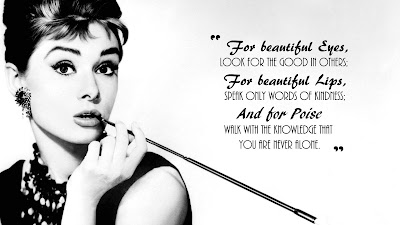 |
| St John Bosco (1815-1888) - an original photo. |
St John Bosco was an Italian
priest who was beloved in Italy and all around the world, especially for his
dedication to the education of children. Born on 16 August 1815, he was popularly
known as Don Bosco, educator and prolific writer
of the 19th century. While working in Turin, Italy, where the population suffered
many of the effects of industrialization and urbanization, he dedicated his
life to the betterment and education of street children, juvenile delinquents, and
other disadvantaged youth. He developed teaching methods based on love rather
than punishment, a method that became known as the Salesian Preventive System. Eventually he founded the Salesian
Order, with their main focus on education of children and producing
audio-visual material as well as printed material. He died on January 31, 1888.
These are some of his well-known quotes:
"All armies are useless
unless assisted by God."
"Be brave and try to detach
your heart from worldly things. Do your utmost to banish darkness from your
mind and come to understand what true, selfless piety is. Through confession,
endeavor to purify your heart of anything which may still taint it. Enliven
your faith, which is essential to understand and achieve piety."
"Do good while you still have
time."
1. A word of advice: Frequent
confession. 2. A friend: Our Lord and
everything associated with Him.
3. A thing to remember: Heaven.
"He does much who does little
but does well what he has to do."
"Never seek advice from the
proud or the inexperienced."
"Remember, God does not pay us
for results, but for effort."
"All past persecutors of the
Church are now no more, but the Church still lives on. The same fate awaits
modern persecutors; they, too, will pass on, but the Church of Jesus Christ
will always remain, for God has pledged His Word to protect Her and be with Her
forever, until the end of time."
"Believe me... nobody can be
truly happy in this world unless he is at peace with God."
"Put up willingly with the faults
of others if you wish others to put up with yours."
"Guard your eyes since they are
the windows through which sin enters the soul."































